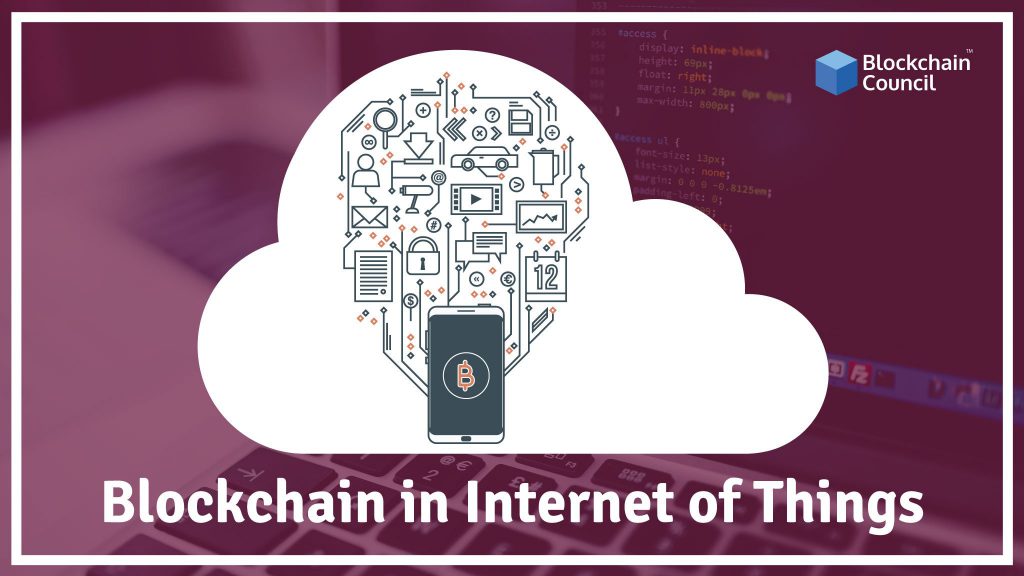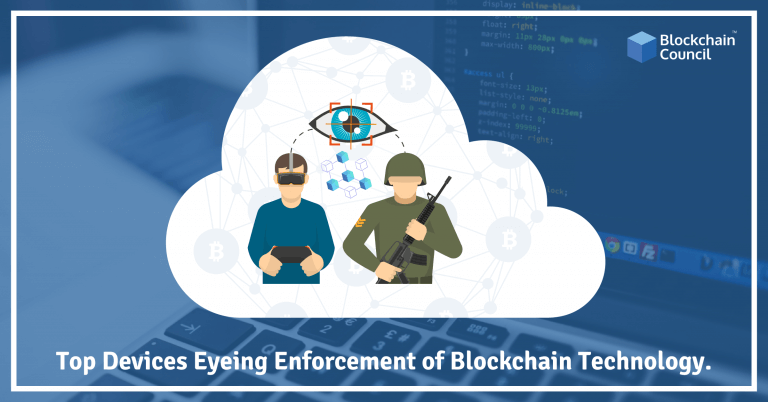
- Toshendra Kumar Sharma
- October 14, 2022
The Internet of things is creating new opportunities and providing a competitive advantage for businesses in current and new markets. It touches everything—not just the data, but how, when, where and why you collect it. The technologies that have created the IoT aren’t changing the internet. However they are modifying the things connected to the internet. These are the devices and gateways on the edge of the network. These devices are now able to request a service or start an action without human intervention at many levels.
Since the generation and analysis of data are so essential to the Internet of Things, consideration must be given to protecting data throughout its lifecycle. Managing information at all levels is complex because data will flow across many administrative boundaries with different policies and intents.
Given the various technological and physical components that truly make up an IoT ecosystem, it is good to consider the IoT as a system-of-systems. The structure of these systems that provide business value to organizations will often be a complex undertaking. This is because enterprise architects work to design integrated solutions that include devices with an edge, applications, transports, protocols, and analytics capabilities that make up a fully functioning IoT system. This complexity introduces challenges to keeping the Internet of things secure. Also, ensuring that a particular instance of the IoT cannot be used as a jumping off point to attack other enterprise information technology systems.
How does it work?
Regardless of the role, your business has the Internet of Things ecosystem— device manufacturer, solution provider, cloud provider, systems integrator, or service provider—you need to know how to get the greatest benefit from this new technology that offers such highly diverse and rapidly changing opportunities.
Handling the enormous volume of existing and projected data is daunting. Managing the inevitable complexities of connecting to a seemingly unlimited list of devices is complicated. And the goal of turning the deluge of data into valuable actions seems impossible because of the many challenges. The existing security technologies will play a role in mitigating IoT risks, but they are not enough. The goal is to get data securely to the right place, at the right time, in the right format; it’s easier said than done for many reasons.





































































 Guides
Guides News
News Blockchain
Blockchain Cryptocurrency
& Digital Assets
Cryptocurrency
& Digital Assets Web3
Web3 Metaverse & NFTs
Metaverse & NFTs
